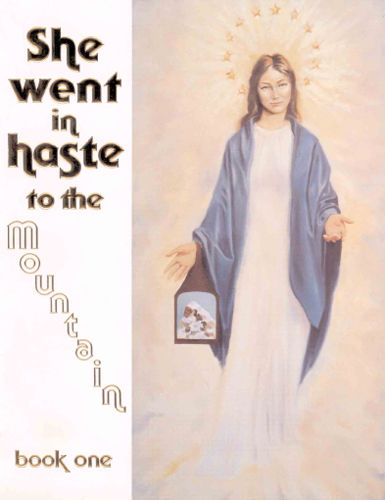Why Catholic Bibles Are Bigger by Gary Michuta
- Very Average Joe
- Aug 12, 2022
- 3 min read
Updated: Jan 20, 2024
Why Catholic Bibles Are Bigger goes through the basic arguments for why the Catholic bibles contain seven books in the Old Testament that today’s off-the-shelf protestant bibles typically omit. This review is of the Revised 2nd Edition published in 2017.
The main text is organized into 12 chapters that span approximately 280 pages. There are three appendices, comprehensive endnotes and an index that spans approximately 80 pages.

Given its volume, it is understandable that citations and notes are gathered as endnotes and no doubt some readers prefer that. However, given its distribution, these could be footnotes without disrupting the main text. To those who prefer footnotes, this is one weakness of the book. Either way, the layout is still nice.
Michuta is thorough, examining each argument from different angles. Those who are familiar with the topic may not learn anything fundamentally new, but since the author often includes specifics one may still learn something.
There are instances when the argument addressed is a little obscure which is to be expected since protestant arguments are sometimes nonsensical to begin with, but the author lays out the evidence nicely. On balance, the text is clear enough and is easily accessible.
The author begins by discussing Scripture as the Jews saw it. This is not simple since different sects held different views. In any case, the Old Testament was not “closed” so that is not a reason to exclude the so-called seven deutero-canon books.
The examination then proceeds to how the Early Church saw it. In short, the seven so-called deutero-canon books were not added in later as some protestants claim. The New Testament and writings of the Early Church often quote from or make allusions to the content found in them.
Part of the confusion comes from St Jerome’s opinion (and he had no authority to state anything more than an opinion) that the deutero-canon should be excluded. The Councils of Hippo (393) and Carthage III (397) affirm what was already accepted by definitively listing the books of Scripture which include the deutero-canon.
Theologians typically adopted the tradition and the authority of the Early Church, although some deviated in later centuries. A chapter is devoted to outlining what theologians thought between 1000 to 1400. Although some quoted Jerome and seemingly disliked the deutero-canon books, they did not exclude them and nevertheless quoted them in their works. The author found merely four theologians who did exclude them.
When Luther first translated the bible into German, the deutero-canon books were included although he did change the order, which was basically his way of indicating that he disliked them. It was only later, from the 1800s, that the deutero-canon books were phased out, partly due to Puritan pressure and partly economics (lower page count, therefore lower printing costs).
The author does mention the weakness of the Greek translations. However, although arguably beside the point, he does not mention the intrigue regarding the Hebrew and Greek translations that result in the deliberate variations of the genealogies. Also not mentioned is how the Early Church collected and determined the canon in the first place, although that exercise may be difficult if no documented evidence is extant. (Generally, although much can be inferred, no one directly talks about the latter point.)
The above two points notwithstanding, this is an excellent book on the topic in terms of content, structure and accessibility.
Be sure to subscribe to our mailing list so you get each new Opinyun that comes out!






Comments